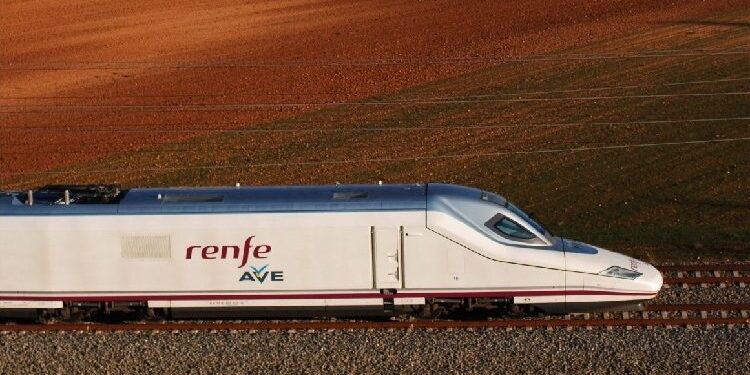The Diplomat
Spain was one of the first countries to resort to the EU Cohesion Fund, a financing instrument that has just turned thirty years old and that, as the Commission recalled yesterday, contributed to build the high-speed network between Madrid, Barcelona and the French border, “one of the main communication axes between Spain and the rest of Europe”.
The financial instrument for cohesion, as the Cohesion Fund was initially called, was created on April 1, 1993 and came into force in 1994 to strengthen the economic, social and territorial cohesion of the EU and the convergence of the countries with the rest of the EU. The original beneficiaries of the Cohesion Fund were Ireland, Greece, Spain and Portugal (1994-99). Subsequently, since 2004, the Czech Republic, Estonia, Cyprus, Latvia, Lithuania, Hungary, Malta, Poland, Slovenia and Slovakia were included. Bulgaria and Romania joined in 2007, and Croatia in 2013.
Created under the Maastricht Treaty as a necessary complement to the single market in the set of cohesion policy instruments, the Cohesion Fund was created with the mission of supporting investments in transport infrastructure and in climate and environmental protection. Its main objectives include improving water supply and waste treatment, energy efficiency, renewable energies and road and rail infrastructure. Over the past three decades, the Fund has invested almost EUR 179 billion in the economic, social and territorial cohesion of the EU.
The Fund focuses on Member States with a gross national income (GNI) below 90% of the EU average to boost convergence between European economies. Cohesion Fund support, according to the European Commission, has contributed to an increase in national incomes in beneficiary countries and, in fact, Ireland and Spain were the first countries that have seen their GNI rise above the eligibility threshold of 90% of the EU average.
The Cohesion Fund currently benefits fifteen Member States with a gross national income per capita below 90% of the EU average at the time of the agreement on the multiannual financial framework 2021-2027: Bulgaria, Czech Republic, Estonia, Greece, Croatia, Cyprus, Latvia, Lithuania, Hungary, Malta, Poland, Portugal, Romania, Slovenia and Slovakia.
The Cohesion Fund budget has increased considerably since the 2004 enlargement, from €18 billion in 1994-1999 to €30.6 billion in 2000-2006, €68.5 billion in 2007-2013 and €61.4 billion in 2014-2020. For the 2021-2027 period, more than 37% of the Fund’s €48.03 billion allocation will support climate objectives, with €6.9 billion going to clean urban transport, €3.3 billion to energy efficiency and €16.9 billion to investments in the rail and road TEN-T.
“The Cohesion Fund has financed iconic projects which have transformed entire regions and cities, helping them to catch up with the rest of the EU,” Brussels assured. For example, as far as Spain is concerned, the Cohesion Fund helped building the country’s modern high-speed train network, so that “the Madrid–Barcelona–French border high-speed line, with a total length of 804 kilometres, is one of the main communication axes between Spain and the rest of Europe“. Another effect in Spain, in this case indirect, is the construction of the Alqueva dam on the Guadiana River in southern Portugal, which is one of the biggest water strategic reserves in Europe.





